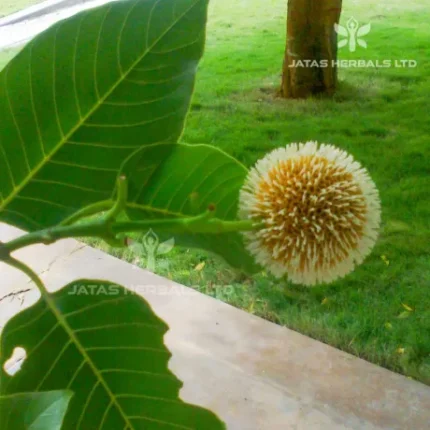Caraka quoted it under Kushthaghna group of drugs and others also extensively used it in therapeutics. Some scholars consider Malati as a different variety of Jati (Madhu Malati) which is indentified with Aganosma dichotoma (Roth.) K. Schum. P.V. Sharmaji described that there are two varieties of Jati viz., Sveta (J. grandiflorum) and Pita (J. humile Linn.). These two are the respective sources of jati and svarnajati (jati yugma) of bhavaprakasa.
Different authors on Jasminum species –
P.V.Sharma K.C.Chunekar J.L.N.Sastry
Malati J. sambac Ait. J. humile —
Varsiki J. species J. sambac Ait. J. pubescens Willd.
Jati J. grandiflorum Linn. J. grandiflorum Linn. J. grandiflorum Linn.
Vasanti J. species J. arborescens J. humilis
Graismi J. species — —
Yuthika J. auriculatum Vahl. J. auriculatum Vahl. J. auriculatum Vahl.
Kunda J. pubescens Willd. J. pubescens Willd. —
Pitayuthika — J. heterophyllum J. heterophyllum
Mallika — — J. sambuc Ait
Naipali — — J. arborescens
Botanical Description – It is a nighantu shrub with white ornamental flowers. It is cultivated at many parts of India.
Major Chemical Constituents– Indole, (-) methyl jasmonate, cis-jasmone, r-jasmolactone etc.
Part Used– Root, leaf, flower
Dosage– Powder 1-3; decoction 50-100 ml.
Research–
The leaf juice showed antibacterial activity against Staph. Aureus (Bhawasar at al., 1965).





Reviews
There are no reviews yet.